with Notes on Observing and Collecting
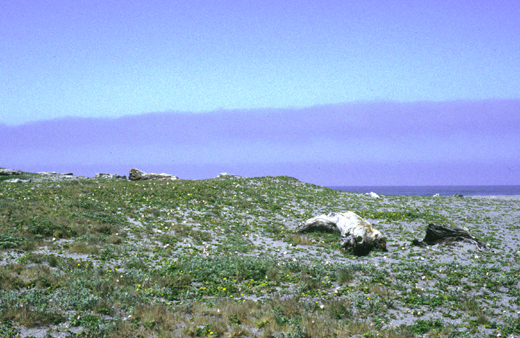
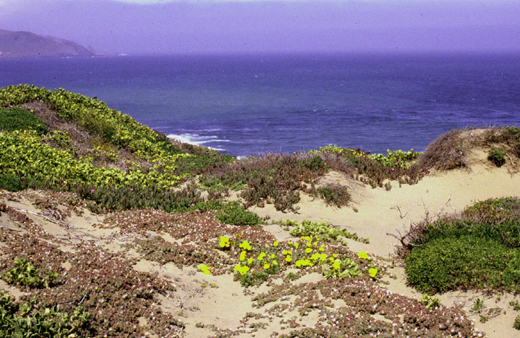
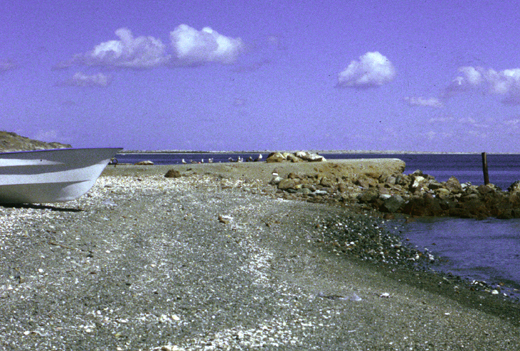
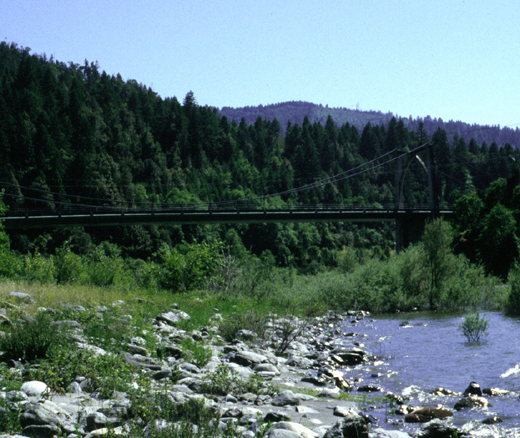
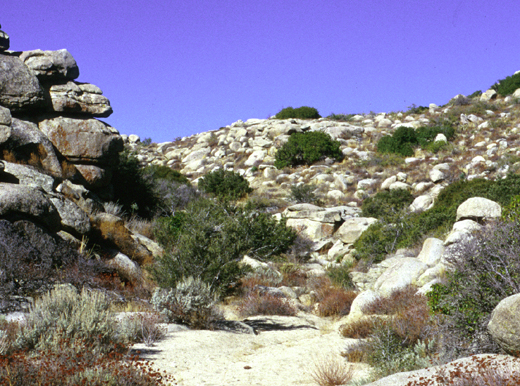
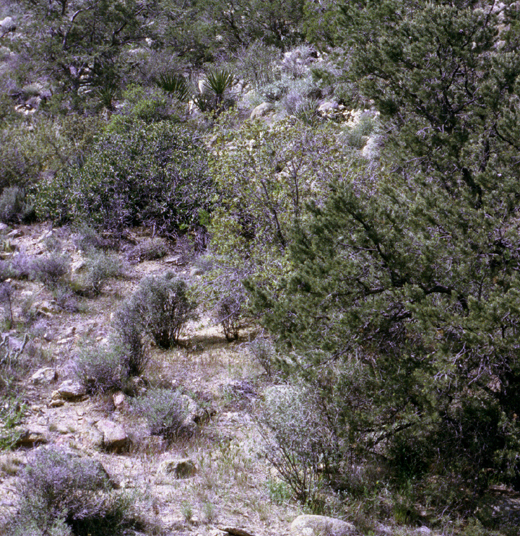
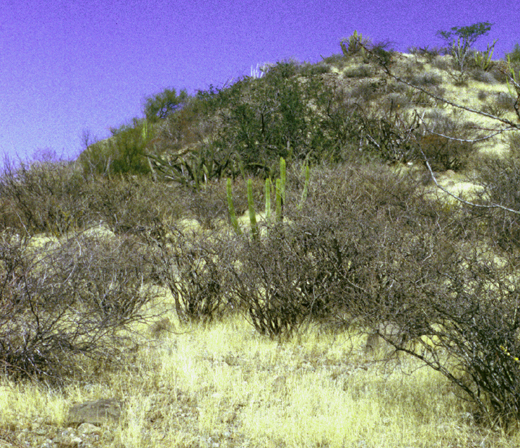
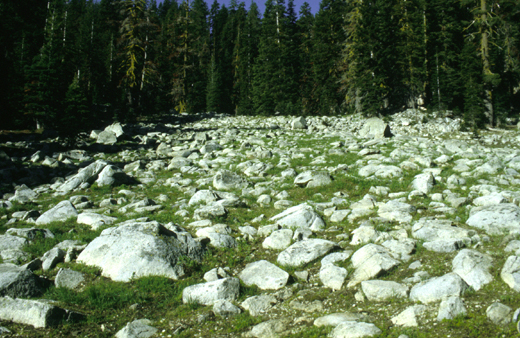
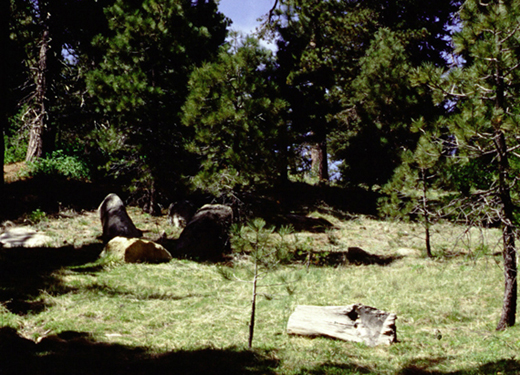
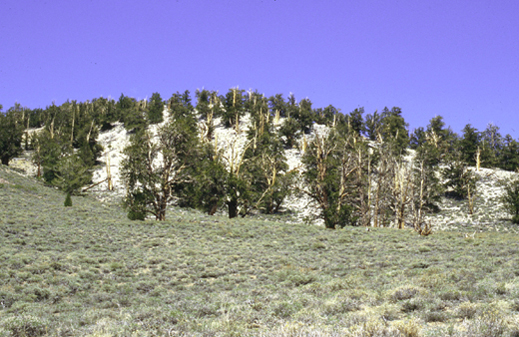
|
with Notes on Observing and Collecting |
|||||||||||||||||||
|
|
|||||||||||||||||||
| Notes on Observing and Collecting Habronattus: There are two "standard" ways to observe and/or collect Habronattus. The first, and generally most productive for a majority of species, is to simply scan the ground visually. Habronattus are diurnal sun-lovers. This means that the best time to hunt for them is during the day, when the sun is out but the temperature is not too extreme. Scanning in habitats with a reasonably "complex" ground layer (e.g., including low vegetation, small sticks, small rocks, dry leaf litter, etc.) is generally most productive, although some species are found in very "simple" habitats which comprise essentially barren ground with small rocks. Although most Habronattus are ground-dwellers, they are rather difficult to find in "dirty" habitats. That is, they are best searched for in places with natural substrates, be they sand, decomposed granite, whatever. The issue seems to be one of stabilization. The other standard method is to collect Habronattus from vegetation, typically using either a beating sheet or a sweep net. Although most Habronattus are pure ground-dwellers, some taxa are completely restricted to vegetation, and are only collected using these methods. The best vegetation is often low scrub or herbaceous material, mostly perennials. If you have an interest in collecting a located Habronattus, it is best to use a clear glass vial (difficult for the spider to see), attempting to coax the spider into the vial. Of course, collecting on lands with special status (e.g., National Forest, State Park, etc.) will typically require a special permit. | |||||||||||||||||||
|
|
|||||||||||||||||||
 |
|||||||||||||||||||
| Coastal Strand, Stone Lagoon, Humboldt County, CA. Elevation sea level. Habitat of H. ophrys, collected here as adults in April-May. Spiders very common in the low vegetation on the beach. Similar types of habitats further south in California are home to relatives of H. ophrys (including H. tarsalis and H. mustaciata), in addition to other Habronattus species. | |||||||||||||||||||
 |
|||||||||||||||||||
| Coastal Strand, near mouth of Rio Santo Tomas, B.C.N. Elevation sea level. Habitat of at least four species of Habronattus, including H. tarsalis (grassy areas at dune edges), H. californicus (in Ephedra litter), H. elegans (common in the iceplant and low Onagraceae), and H. schlingeri (low riparian vegetation and grasses along river). All collected as adults in April. | |||||||||||||||||||
 |
|||||||||||||||||||
| Open Beach Rubble, Isla Magdalena, B.C.S. Elevation sea level. Habitat of an undescribed species of the H. coecatus group, close to H. ammophilus. One of the more "structurally simple" Habronattus habitats. Spiders were very common on small rocks and shell fragments just above high water line, in area of debris accumulation. This is an apparently highly productive habitat. On the Gulf of California side of B.C.S. H. ammophilus occupies equivalent habitats, but the species has never been collected on the Pacific side where rocky beaches are rarer. The range of H. cf. ammophilus remains to be determined. | |||||||||||||||||||
 |
|||||||||||||||||||
| Riverine Boulders, Klamath River, Humboldt County, CA. Elevation approx 100 meters. Another rather "atypical" habitat occupied by a member of the H. coecatus group. H. ballatoris collected on the rocks directly adjacent to the river - most interesting, as the spiders were common on fairly large rocks, which is rare in the genus. Grassy habitats further from the river with H. tarsalis. | |||||||||||||||||||
 |
|||||||||||||||||||
| Desert Chaparral, near Ranchita, San Diego County, CA. Elevation 1300 meters. A nice mid-elevation habitat on the eastern edge of the Peninsular ranges, just west of Anza-Borrego Desert State Park. The only Habronattus actually collected here was H. ustulatus, collected on small pebbles in the wash. Other species expected to be here would be H. anepsius, H. tarsalis (or relative), and H. californicus, all in various manifestations of a grassy habitat. H. oregonensis should be in pure oak litter, and a vegetation dweller (including H. elegans, and perhaps H. hirsutus (or a relative) would almost certainly be found on that nice Artemesia. | |||||||||||||||||||
 |
|||||||||||||||||||
| Mixed Pinyon, West side Sierra San Pedro Martir, B.C.N. Elevation ~ 1000 meters. Another rich mid-elevation habitat with high Habronattus diversity. H. divaricatus collected in short grass in foreground. H. oregonensis and H. icenoglei collected in litter, H. icenoglei in more sheltered sites. H. ustulatus on small pebbles in wash below, along with H. elegans on various types of vegetation and on larger rocks. | |||||||||||||||||||
 |
|||||||||||||||||||
| Sonoran Desertscrub, East side Sierra la Giganta, B.C.S. Elevation 10 meters. Habitat of H. anepsius, collected here as adults in March. Spiders fairly common on grassy, shallow slopes with small (quarter-sized) volcanic rocks. Grassy slope, dryish, habitat typical of H. anepsius throughout range. | |||||||||||||||||||
 |
|||||||||||||||||||
| Alpine Fellfield, near West Boulder Lake, Siskiyou County, CA. Elevation ~ 2200 meters. Habitat of two closely-related species, H. americanus and H. bulbipes, with apparent hybrid individuals also to be found. Spiders representing a range of phenotypes collected in short grass/rocks, both in and adjacent to open fellfield. H. jucundus in open areas with stick litter adjacent to field. H. amicus in stabilized areas of pure pebble, no grass. | |||||||||||||||||||
 |
|||||||||||||||||||
| Meadow in Yellow Pine Forest, San Jacinto Mountains, Riverside County, CA. Elevation ~ 2300 meters. Grassy habitat home to the southernmost known population of H. americanus. H. californicus also common in litter-edge microhabitats. | |||||||||||||||||||
 |
|||||||||||||||||||
| High Sage with Bristlecone Pine Forest, White Mountains, Inyo County, CA. Elevation ~ 4000 meters. Habitat of H. americanus, collected here as mostly subadults in late May. Spiders relatively uncommon, found on the ground in association with the low sage and sparse grass in areas below the trees. Other salticid genera collected in the open, rocky habitats with bristlecones. H. americanus males collected here look very different from the red-legged populations found west of here in the Sierra Nevada. | |||||||||||||||||||